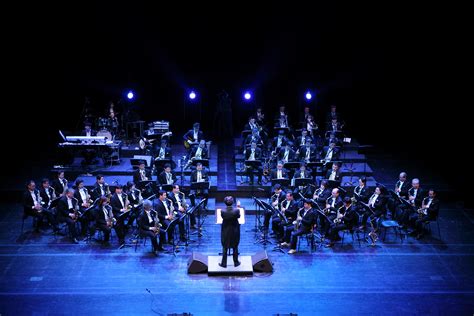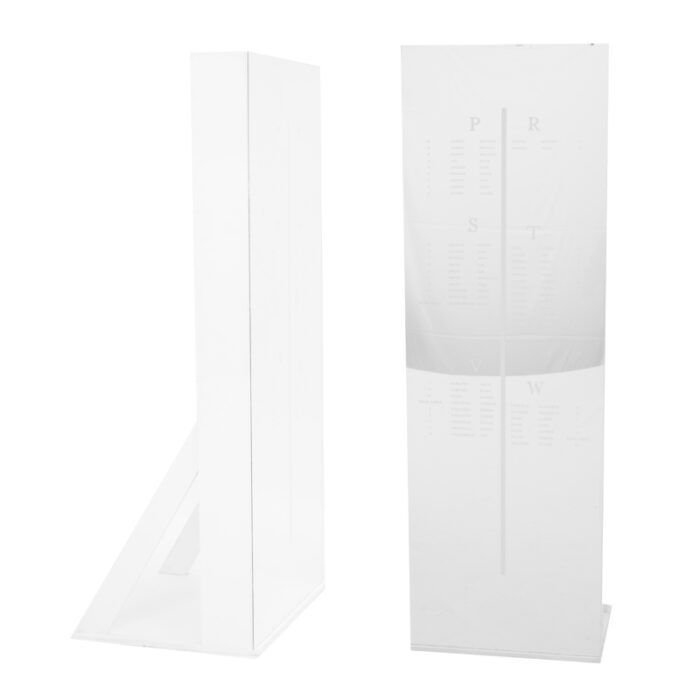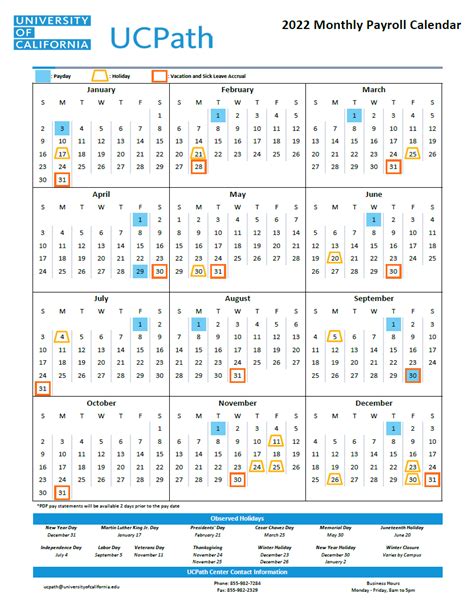Music In Performing Arts: Enhance Your Show

Music has been an integral part of performing arts for centuries, serving as a powerful tool to evoke emotions, convey messages, and enhance the overall experience of a show. From theatrical productions to dance performances, music plays a vital role in setting the tone, creating atmosphere, and engaging the audience. In this article, we will delve into the world of music in performing arts, exploring its significance, types, and ways to effectively incorporate it into your show.
The Importance of Music in Performing Arts

Music has the ability to transcend language barriers, cultural differences, and personal experiences, allowing it to connect with audiences on a deep, emotional level. In performing arts, music is used to create a sense of tension, relief, or excitement, guiding the audience through the narrative and emotional arc of the performance. Research has shown that music can increase audience engagement, improve mood, and even enhance memory recall. Moreover, music can be used to convey themes, motifs, and symbolism, adding depth and complexity to the performance.
Types of Music in Performing Arts
There are various types of music used in performing arts, each serving a specific purpose and creating a unique atmosphere. Diegetic music, for instance, is music that originates from within the performance itself, such as a character singing or playing an instrument. Non-diegetic music, on the other hand, is music that is added to the performance from an external source, such as a soundtrack or background score. Other types of music include incidental music, which is used to transition between scenes or acts, and theme music, which is associated with a particular character, idea, or motif.
| Type of Music | Purpose |
|---|---|
| Diegetic Music | Originates from within the performance |
| Non-Diegetic Music | Added from an external source |
| Incidental Music | Transitions between scenes or acts |
| Theme Music | Associated with a character, idea, or motif |

Incorporating Music into Your Show

Effectively incorporating music into your show requires careful planning, creativity, and attention to detail. Start by defining the musical style and tone you want to achieve, considering the genre, period, and cultural context of the performance. Next, select music that complements the narrative, using a combination of diegetic and non-diegetic music to create a rich, layered soundscape. Finally, balance the music with other elements, such as dialogue, sound effects, and visual cues, to create a harmonious and engaging performance.
Technical Considerations
When working with music in performing arts, there are several technical considerations to keep in mind. Sound design is critical, as it involves balancing the levels, frequencies, and spatialization of the music to create an immersive experience. Acoustics also play a crucial role, as the physical space and materials used can affect the way music is perceived by the audience. Additionally, music licensing is essential, as it ensures that you have the necessary permissions and rights to use the music in your performance.
- Define the musical style and tone
- Select music that complements the narrative
- Balance the music with other elements
- Consider sound design and acoustics
- Obtain necessary music licenses
What is the difference between diegetic and non-diegetic music?
+Diegetic music originates from within the performance itself, while non-diegetic music is added from an external source.
How do I choose the right music for my performance?
+Consider the tone, mood, and atmosphere you want to create, and choose music that complements the narrative and enhances the emotional impact.
What are the technical considerations when working with music in performing arts?
+Technical considerations include sound design, acoustics, and music licensing, all of which are essential for creating an immersive and engaging experience.



